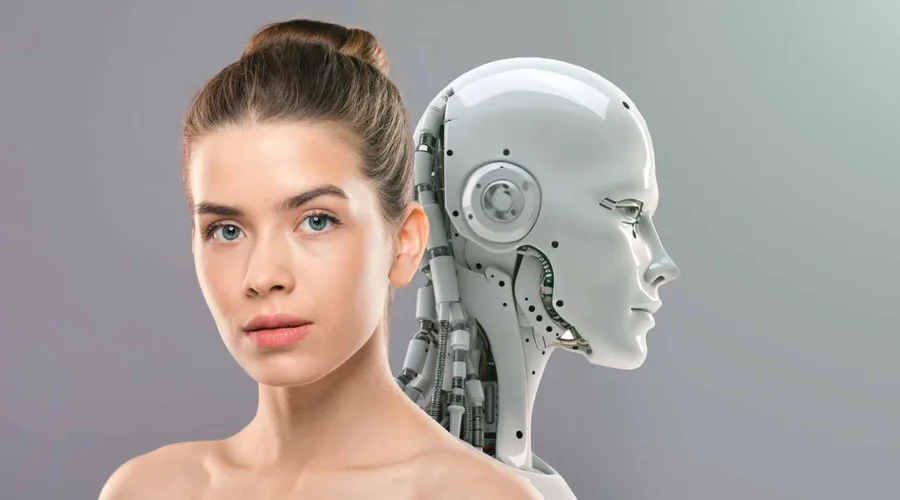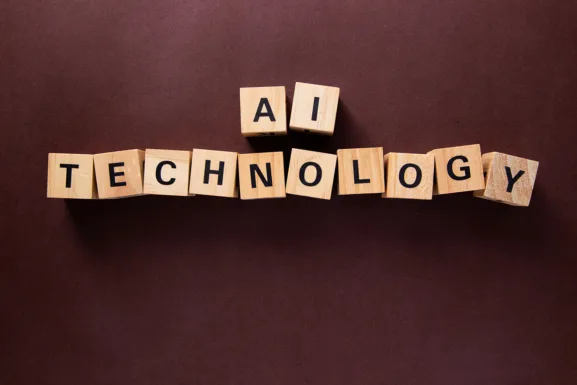How Production Companies & Marketing Teams Are Really Adopting AI in 2025
AI isn’t “coming someday” anymore. It’s already in the room.
Most marketing teams and creators are using AI in some form today — even if it’s just for drafts, generating ideas, or resizing images. A 2024 survey of over 1,000 marketers found that 71% use generative AI weekly or more, and nearly 20% use it daily. Another report on AI in marketing estimates the category at $47B in 2025 and growing fast.
At the same time, almost everyone admits they’re still figuring it out. A recent global survey showed 83–86% of creatives use generative AI, but many say they’re still early in building consistent workflows around it.
At LOOK AD ME Studio, working with brands and agencies across Orange County, Los Angeles, San Diego, and San Francisco, we see the same pattern every week:
Marketing teams are under pressure to produce more content in more formats
Production teams are under pressure to move faster without sacrificing quality
Everyone is testing AI — but not everyone has a system
This post is about how smart teams are actually adopting AI in production and marketing, without blowing up their process or their brand.
1. AI Is Becoming Normal — But Not Fully “Mature”
Across business, AI adoption has exploded. McKinsey’s 2024 and 2025 AI surveys show that 65%+ of organizations are regularly using generative AI, nearly double the year before, and “almost all” now use some form of AI in their work.
In marketing specifically:
88% of marketers say they use AI in their daily roles
Creators report using AI mainly for editing, asset generation, and ideation
Nearly half of advertisers plan to use AI for media strategy, creative optimization, and campaign activation in 2025
So if your team is still experimenting, you’re not behind — you’re right where most serious teams are: actively using AI, still tightening the system.
2. Where AI Helps the Most Right Now
The biggest wins we see are not in “magic AI videos” but in workflow support.
For Marketing Teams
Most brands are using AI to:
Draft ad copy, hooks, and CTAs
Turn long-form content (webinars, blog posts, hero videos) into short scripts and social cutdowns
Generate multiple creative angles for the same pain point or offer
Support SEO, email copy, and landing page variants
AI speeds up the “blank-page” stage and multiplies options for testing — especially important now that brands are using AI tools to generate large numbers of creative variants to personalize and test at scale.
For Production Companies
On the production side, AI is showing up in:
Pre-production: script assistance, shot ideas, moodboards, storyboards, rough breakdowns
Scheduling and logistics: AI tools that help break down scripts, estimate time, and auto-generate call sheets and shot plans
Post-production: captioning, rough cut support, versioning, format changes (horizontal ↔ vertical), basic clean-up
It’s not replacing directors, producers, or editors — it’s shaving hours off repetitive tasks and making it easier to support content-at-scale.
3. How to Plug AI Into Your Workflow Without Breaking It
From what we’ve seen, the teams who get the most value follow a few simple principles:
Start With One or Two Clear Use Cases
Instead of “AI everywhere,” they pick 1–2 friction points:
“We’re slow on ad angles and hooks.”
“We don’t have time to version and resize everything.”
“Our pre-pro takes forever.”
Then they define:
Where will AI assist, and where will humans still decide?
Keep Human Taste as the Final Filter
AI can output something that’s grammatically correct and totally wrong for your brand.
Your team still owns:
Brand tone and voice
Visual taste and style
Cultural sensitivity and context
Strategic direction
Think about AI as a multiplier. If your strategy is strong, AI helps you execute more of it. If your strategy is unclear, AI just helps you get lost faster.
4. On Set & In Studio: Where AI Meets Real Production
In real production environments (OC, LA, SD, SF), AI doesn’t replace the studio, crew, or gear — it quietly supports them.
Before the Shoot
Turning client briefs and marketing goals into scripts, outlines, and shot lists
Quickly exploring different creative directions for the same product or campaign
Planning content days that assume multiple deliverables: hero edits, cutdowns, verticals, variants
AI tools for pre-production are already helping crews estimate time, build schedules, tag locations, and create call sheets faster.
During the Shoot
AI is less visible here — and that’s good. Real cameras, real lighting, real performances still matter.
But the shoot day is smarter because:
You already know which hooks and angles you’ll need for ads
You’re covering extra intros, CTAs, and variations for AI-assisted testing later
You’re building a content library, not just a single video
After the Shoot
Post-production is where AI is quietly becoming essential:
Generating cutdown variations for different channels
Helping with captioning, basic transcriptions, and timing
Supporting quick language or audience-specific versions
Assisting with performance-driven edits (testing different hooks, openings, overlays)
Meanwhile, serious brands still rely on human editors for pacing, story, and polish.
5. The Risk Side: Governance, Trust & Authenticity
AI isn’t only upside. There are real concerns:
Over 70% of marketers say they’ve already seen AI-related problems in ads (hallucinations, off-brand content, bias)
Around 80% of brands express concerns about how partners use generative AI with their content and data
Consumers are paying attention — some brands have even gained engagement by promising “no AI bodies” or more authentic visuals.
That means marketing and production teams need basic AI guardrails, even if they’re small:
Clear internal rules: what can be AI-assisted, what must stay fully human
Transparency with clients about how AI is used (and where it isn’t)
Brand safety checks for any AI-generated visuals or copy
6. What This Means for Your Next Production
Whether you’re working out of Orange County, LA, San Diego, or the Bay Area, the pattern is the same:
AI is great at removing friction and repetition
It’s not a replacement for strategy, taste, or real production
The biggest wins come when marketing and production plan AI use together, not in separate silos
If you’re a marketing leader or producer, a good starting point is to ask:
Where is my team losing time on low-value work?
Which part of our pipeline needs more options (angles, hooks, variants)?
How can we design our next content day so post-production + AI can stretch it further?
How LOOK AD ME Uses AI With Clients
At LOOK AD ME Studio, we keep it pretty simple:
Humans lead: strategy, story, taste, and client communication
AI assists:
Concept and script drafts
Pre-pro support (boards, outlines, shot ideas)
Post-production variants (cutdowns, hooks, formats)
We run studio and location work across Orange County, Los Angeles, San Diego, and San Francisco, and plug AI in where it actually makes sense — not because it’s trendy.
If you want to explore how AI can support your next campaign or content system (without turning everything upside down), we’re happy to walk through what’s realistic for your brand and your budget.
team@lookadme.com
LOOK AD ME Studio – Irvine, CA (serving OC, LA, SD, SF)


